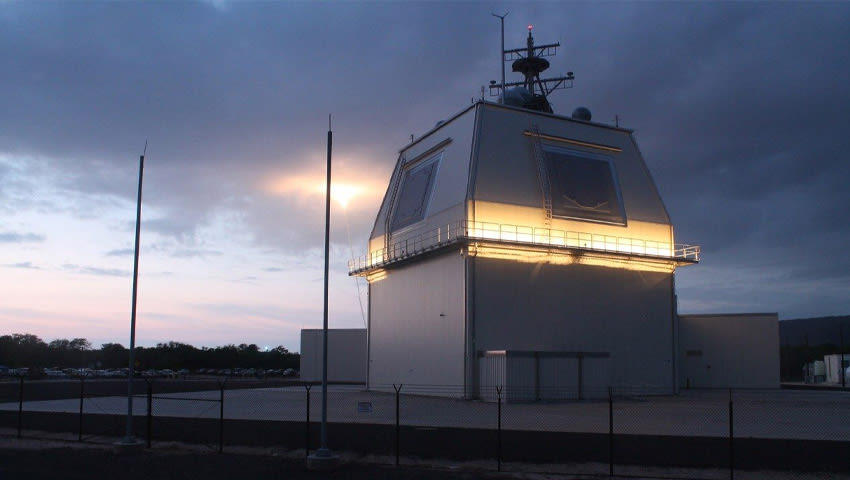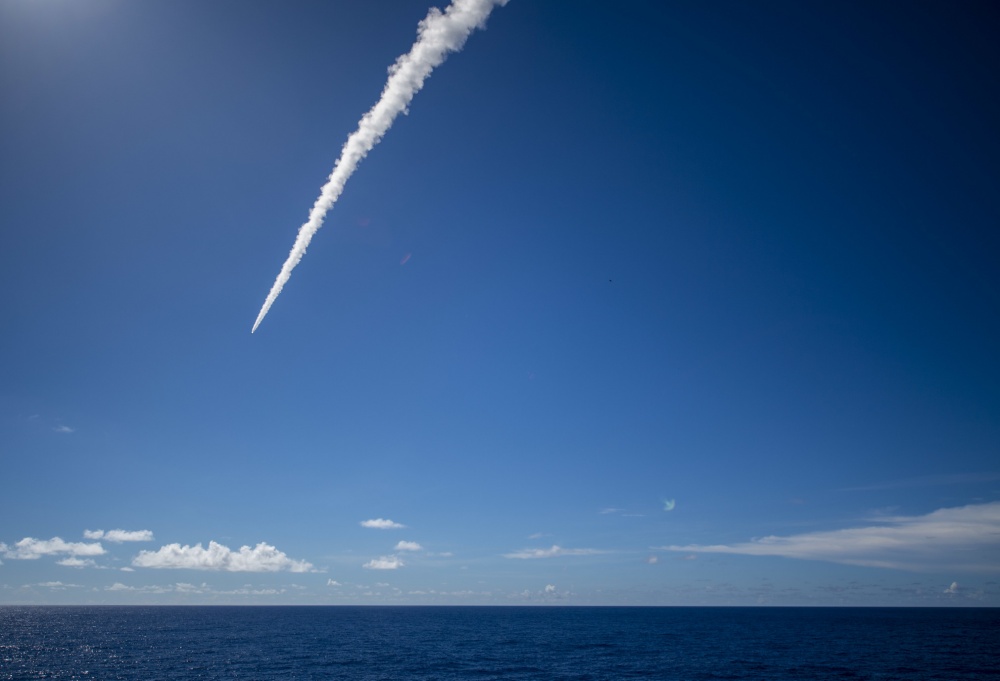China
deployed its H-6K bomber onto Woody Island in the South China Sea in 2018. From there it has the range to deliver land-attack and anti-ship cruise missiles against targets across Australia’s north. China is also
developing an air-launched ballistic missile (
ALBM). Artwork recently appeared in a government-run Chinese military journal of
an H-6N bomber carrying what appeared to be an ALBM based on a DF-15 ballistic missile. Later, communist party mouthpiece the
Global Times downplayed the story. China’s development of new long-range strike aircraft, including the
H-20 stealth bomber and its rumoured
‘J/H-XX’ counterpart, would add to a complex threat environment.
Along with its development of a standoff strike capability, China is engaging in
influence campaigns in
Southeast Asia and the
South Pacific that could provide it with access to airfields which in turn could bring Chinese fighter aircraft closer to Australia. Such a development would fundamentally alter our strategic calculus and compound our air defence challenge...
...New strategic challenges are mounting in our region. The ADF has to be able to respond to threats more quickly and at a greater distance from Australia. That means it’s time to take a more ambitious look at how the ADF does air defence in the 21st century.
It’s time for the Royal Australian Air Force to consider how it can build the capability to defend Australia against the long-range, very high-speed threats being developed in our region. The RAAF’s F-35A fighters should ...

www.aspistrategist.org.au

www.defenceconnect.com.au



